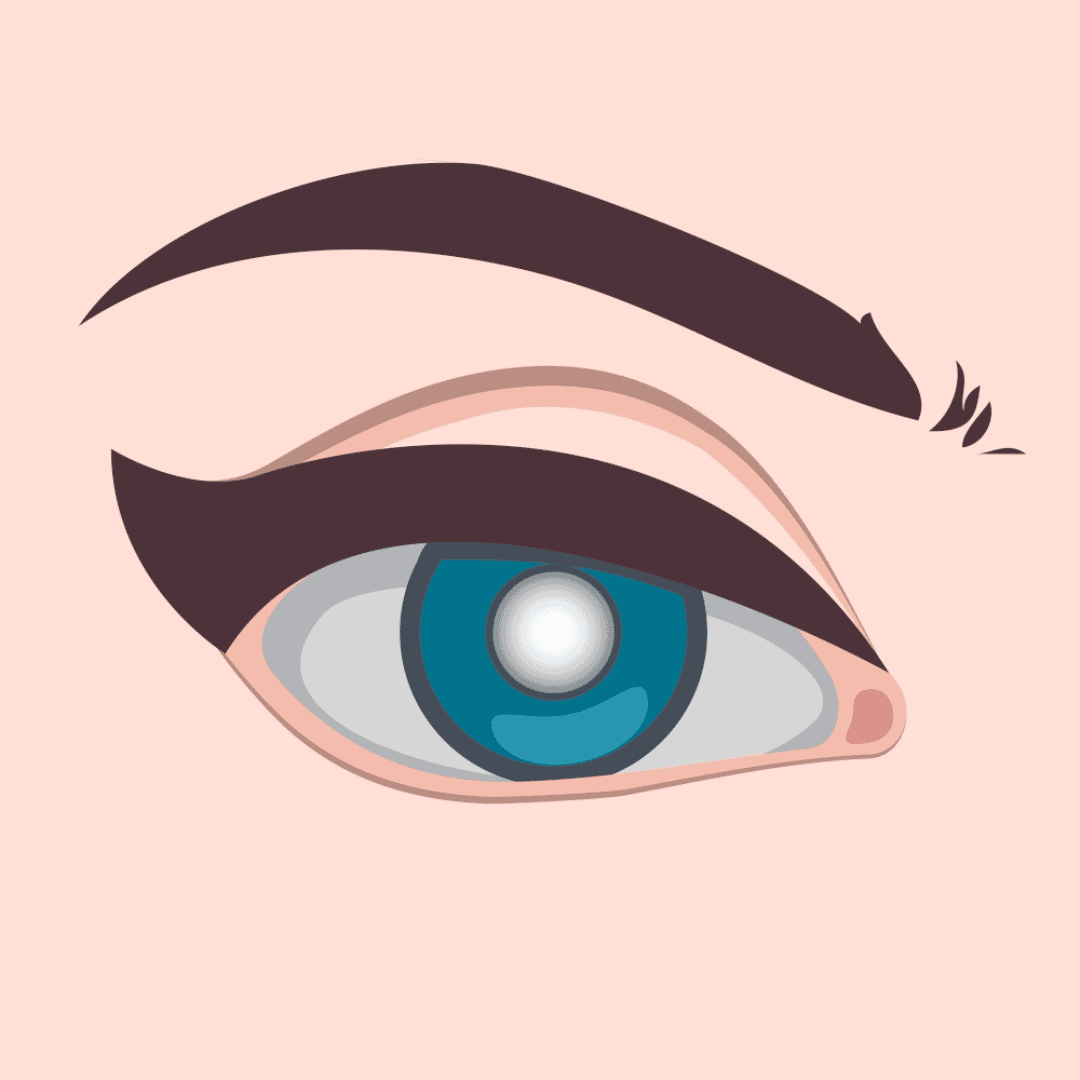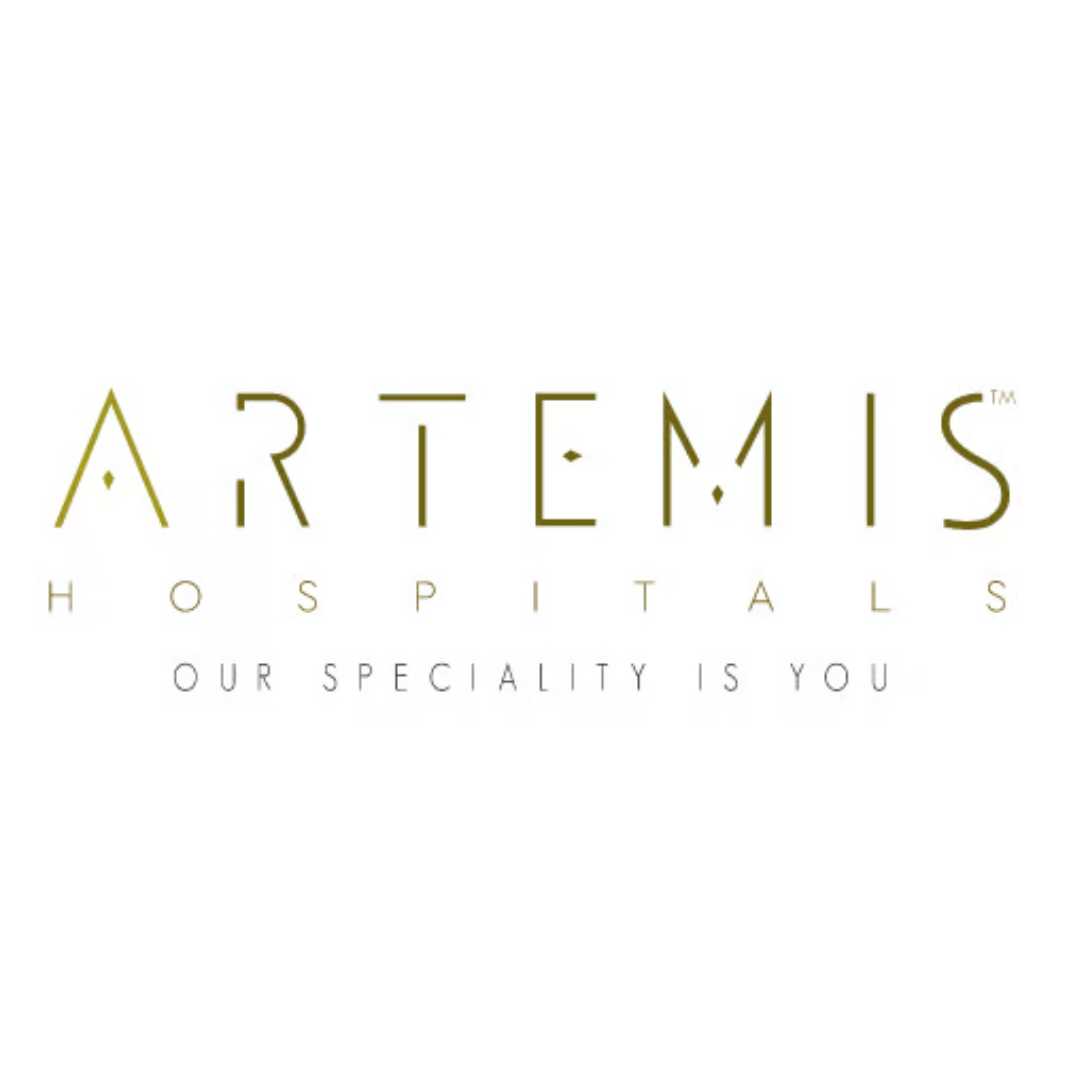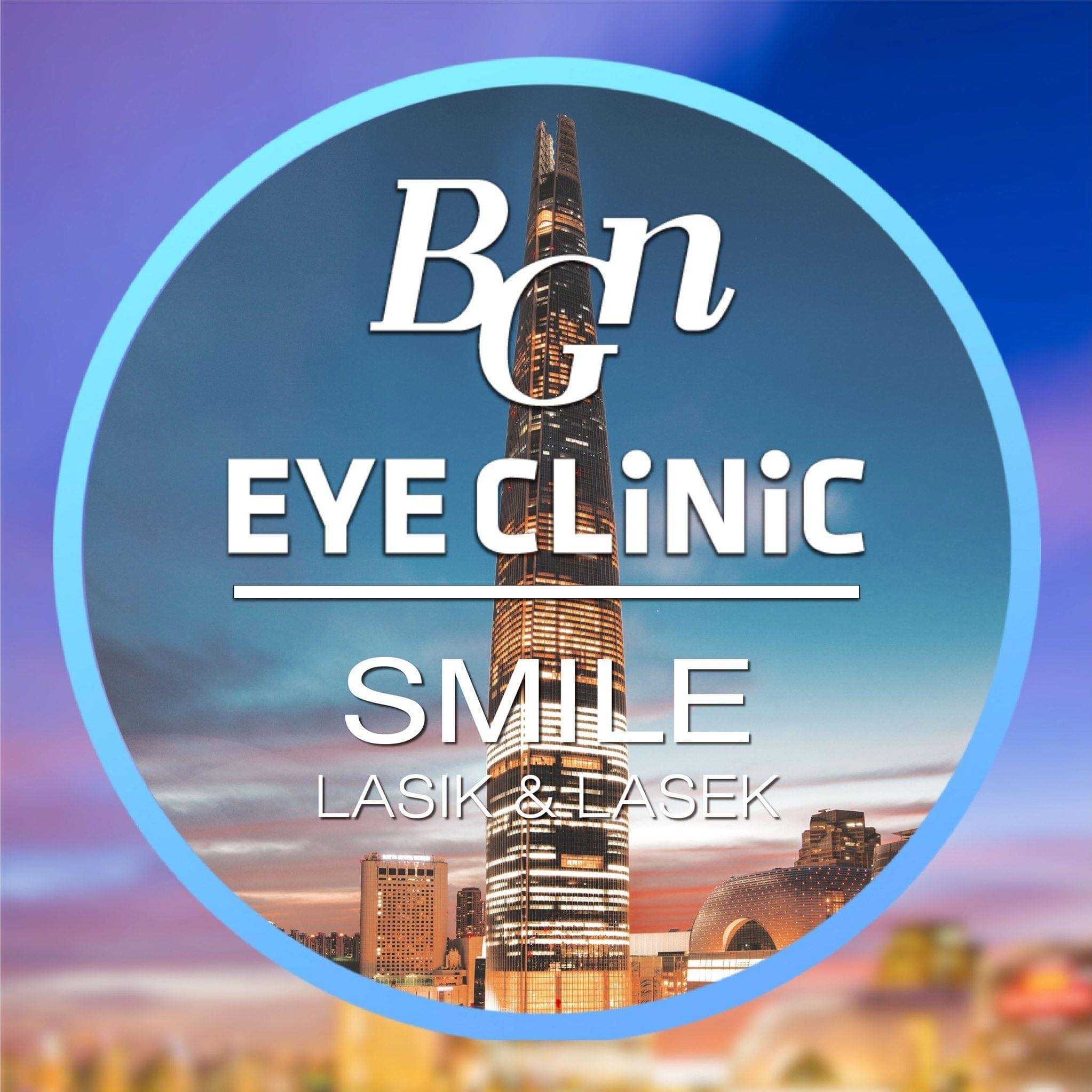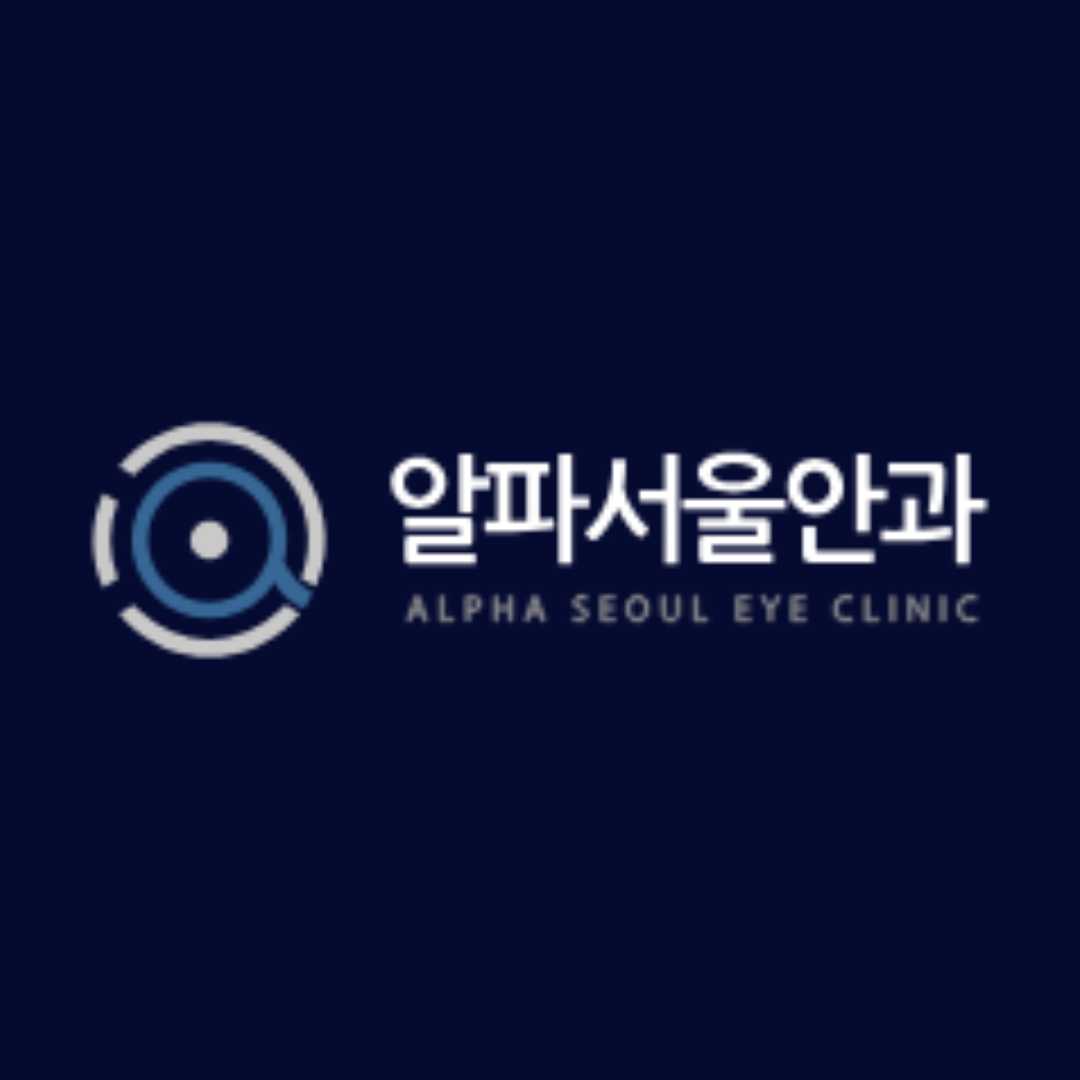What I Wish I Knew Before Cataract Surgery in Thailand
What are cataracts and how does the surgery work?
Cataracts are a common part of aging. They develop slowly over many years and can make vision feel like you're looking through a foggy window. The surgery itself is one of the most common and safest medical procedures performed worldwide. The most modern and widely used technique is called phacoemulsification.
During this procedure:
- The surgeon makes a tiny incision in the eye.
- A small probe is inserted, which uses ultrasonic waves to break up the cloudy lens into small pieces.
- These pieces are then gently suctioned out.
- A new, clear artificial intraocular lens (IOL) is folded and inserted through the same incision, where it unfolds into its permanent position. The incision is often so small that it is self-sealing and requires no stitches.
How much does cataract surgery in Thailand cost?
The cost-effectiveness of cataract surgery in Thailand is a major draw for international patients. A procedure that might cost upwards of $4,000-$7,000 per eye in the U.S. or Australia can be done for a fraction of the price in Thailand, without compromising on quality. It's important to get a comprehensive quote that clarifies what is included, such as the surgeon's fee, hospital charges, the IOL itself, and any follow-up appointments.
Here’s a general cost breakdown by IOL type:
| IOL Type | Average Cost Per Eye in Thailand | Average Cost Per Eye in the U.S. |
|---|---|---|
| Standard Monofocal IOL | $1,200 - $1,800 | $3,500 - $5,000 |
| Premium (Toric, Multifocal) IOL | $1,800 - $2,500+ | $5,000 - $7,000+ |
How do I choose the right surgeon and hospital?
Your vision is precious, so this is the most important research you will do. Don't let cost be the only factor.
- Hospital Accreditation: JCI accreditation is the gold standard for healthcare quality and patient safety worldwide. Many top hospitals in Bangkok, Phuket, and Chiang Mai hold this certification.
- Surgeon Credentials: Verify the surgeon's qualifications. Many of Thailand's top ophthalmologists have trained or received fellowships in the US, UK, or other Western countries.
- Technology and Equipment: Ensure the hospital uses modern phacoemulsification technology and offers a wide range of high-quality IOLs from reputable international manufacturers.
- Communication: Choose a hospital with a dedicated international patient department and English-speaking staff to ensure clear communication throughout your treatment.
What are the different types of IOLs and which one is right for me?
This is a critical decision, as it will determine how you see for the rest of your life. It's a choice I wish I had understood more deeply beforehand.
- Monofocal IOLs: This is the standard, most-used lens. It provides excellent clear vision at a single focal point (typically distance). You will likely still need reading glasses for near tasks.
- Multifocal/Trifocal IOLs: These premium lenses are designed to provide clear vision at multiple distances (near, intermediate, and far), reducing or eliminating the need for glasses. However, they can sometimes cause side effects like glare or halos around lights, especially at night.
- Toric IOLs: These are specifically designed for people with significant astigmatism (an irregular shape of the cornea). A toric lens can correct both the cataract and the astigmatism in one procedure.
- Accommodating IOLs: These lenses are designed to flex or move with your eye muscles to mimic the natural lens's ability to focus at different distances.
What is the recovery process and timeline in Thailand?
The recovery from modern cataract surgery is remarkably fast, but it's essential to follow all post-operative instructions.
- Immediately After Surgery: Your eye will be covered with a shield. You'll rest for a short period before being released. Vision will be blurry.
- Day 1: You will have your first follow-up appointment. The shield is removed, and your surgeon will check your eye. Vision is often dramatically clearer already.
- First Week: You will administer prescribed eye drops to prevent infection and reduce inflammation. You must avoid rubbing your eye, heavy lifting, and getting soap or water directly in the eye. You'll have another check-up before you're cleared to fly home.
- First Month: Your vision will continue to stabilize and improve. You'll finish your course of eye drops.
What if I need surgery on both eyes?
Operating on one eye at a time is the standard of care worldwide. It minimizes the risk of a simultaneous, bilateral infection (though this is extremely rare) and allows the surgeon to refine the lens power calculation for the second eye based on the results of the first. Planning for a two-week stay will ensure you have ample time for both procedures and the necessary follow-up appointments for each eye before traveling home.
What are the potential risks and complications?
It's important to be aware of the potential, even if unlikely, complications. Your surgeon will discuss these with you. One common, delayed issue is Posterior Capsule Opacification (PCO), sometimes called a "secondary cataract." This is when the capsule behind the IOL becomes cloudy, and it can be easily and permanently corrected with a quick, painless laser procedure called a YAG capsulotomy.
What questions should I ask my surgeon in Thailand?
A good consultation is a two-way conversation. Be prepared with your questions:
- How many cataract surgeries do you perform each year?
- Based on my eye measurements and lifestyle, what are the pros and cons of monofocal vs. multifocal lenses for me?
- - What brand and model of IOL will you be using? (e.g., Alcon, Johnson & Johnson Vision) - What is the full follow-up schedule before I am cleared to fly home? - Who is my contact person if I have concerns after I return to my home country?
Restoring your vision is a life-changing event. If you are ready to explore the high-quality, affordable options for cataract surgery, PlacidWay can help. We connect patients with leading, expert surgeons and accredited ophthalmology centers in Thailand and other top medical destinations. Start your journey to clearer vision today.

.png)

.png)




.png)









Share this listing